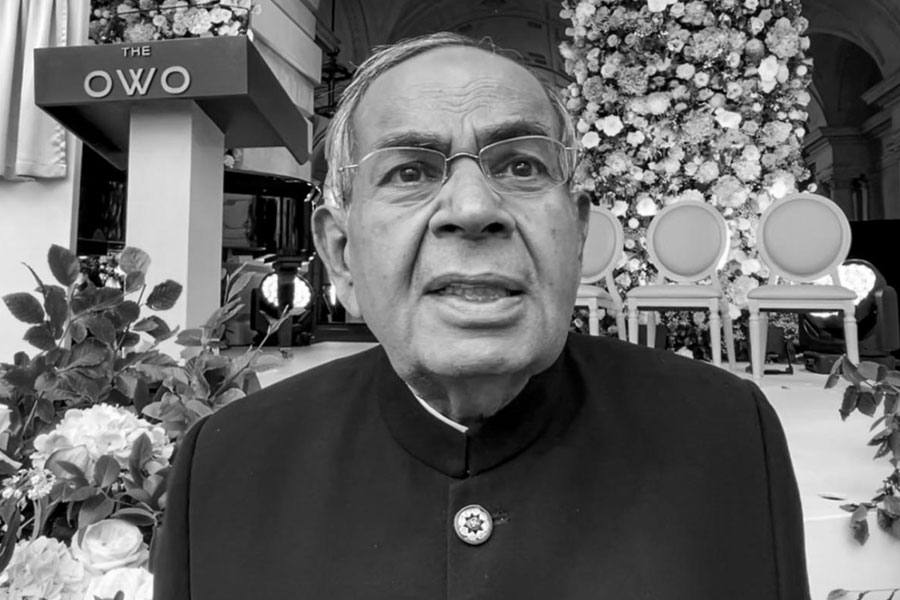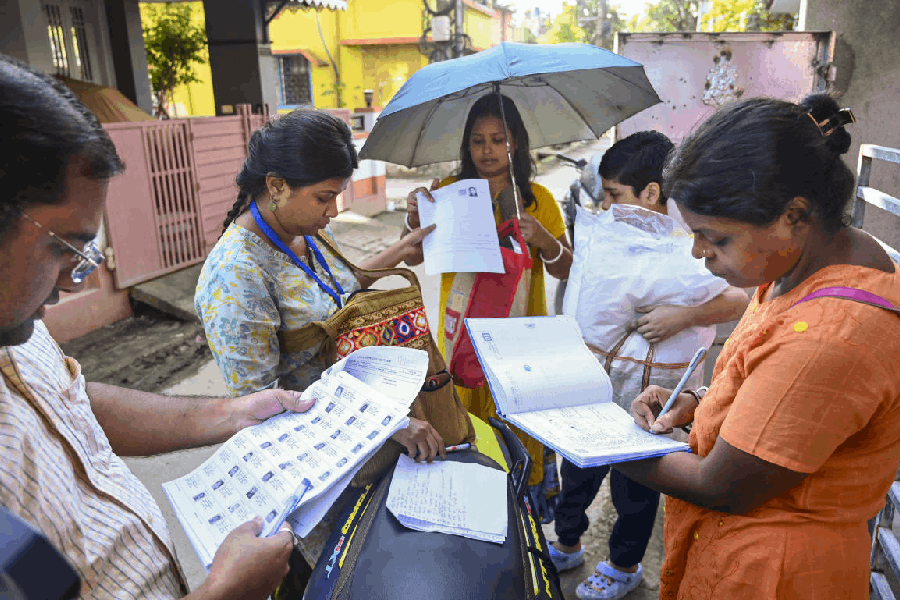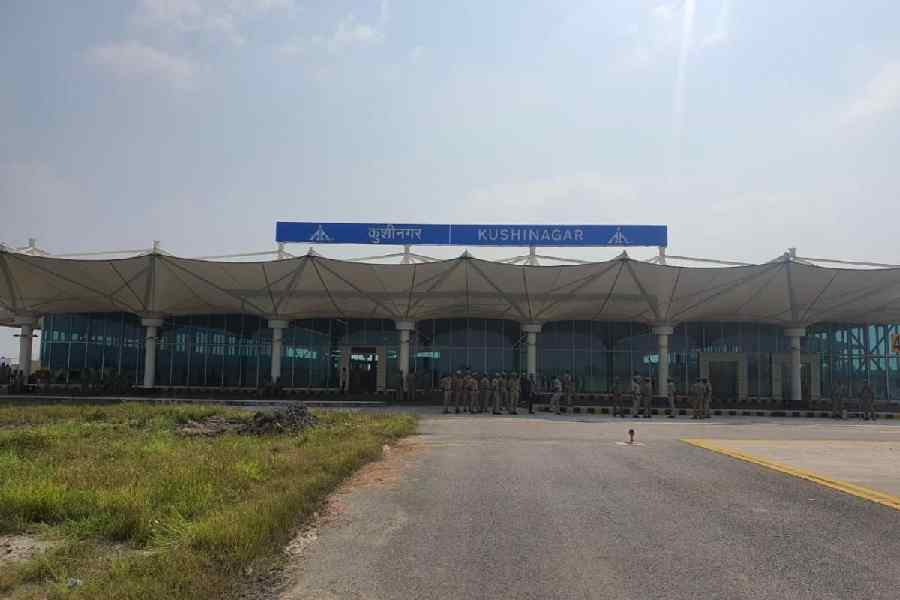New Delhi: Heading into rural areas to escape bad city air may prove futile in India, suggests a new study that has estimated near-equal rates of premature deaths from exposure to air pollution in urban and rural India.
The study by US scientists has estimated that 6.4 persons per 10,000 urban people and 5.6 persons per 10,000 rural people die prematurely from the effects of air pollution every year.
The scientists combined computer simulations on two key air pollutants and the disease burden in northern India and parts of eastern India. They calculated that rural areas had thrice the premature mortality from air pollution as urban areas - 384,000 deaths in rural areas compared to about 117,000 deaths in urban areas.
The larger absolute numbers in rural areas results from the higher rural population in India.
The researchers say these figures are lower than several earlier estimates of about one million premature deaths in India from air pollution because the study focused only on adult deaths in northern India and parts of eastern India. It did not estimate child mortality from lower respiratory tract infections arising out of air pollution.
The study, accepted for publication in the journal Environmental Research Letters, has estimated that around 12,200 people die prematurely in Delhi from illness caused by exposure to PM2.5 every year. Calcutta accounts for about 3,300 such deaths annually.
The average ozone concentration in Delhi, according to the study, was 34 parts per billion (ppb), lower than the air quality standards of 50 ppb set by India and the World Health Organisation. Calcutta's average ozone concentration was placed at 59 ppb, higher than the standard.
The study estimated 100 "ozone-attributable" premature deaths from chronic obstructive pulmonary disease in Delhi and 315 such deaths in Calcutta each year. The findings suggest that PM2.5 poses a greater health risk to the northern Indian population than ozone.
"Outdoor air quality has received more attention in urban areas than rural areas," said Alexandra Karambelas, a postdoctoral research scientist at Columbia University in the US and lead author of the study.
"More pollution-measuring networks are needed to monitor air quality affecting rural populations," she told The Telegraph.
The researchers simulated concentrations of PM2.5 and ozone - pollutants emitted during the combustion of fuels - across India's northern and eastern states and extrapolated premature mortality rates, using the Global Burden of Disease, a worldwide research consortium that estimates diseases and mortality.
Their analysis suggests that heart disease and stroke are the leading causes of premature deaths from exposure to PM2.5. The scientists have estimated 133,000 deaths from stroke and 208,000 deaths from heart disease from PM2.5 exposure and 105,000 deaths from chronic obstructive pulmonary disease caused by exposure to PM2.5 and ozone.
Some Indian environmental officials have in the past criticised such mortality estimates arguing they are based on simulations and modelling and may not reflect reality. But environmental health experts assert that multiple studies have pointed to India's large toll of premature deaths from air pollution.
The study generated pollution-linked mortality estimates per year for 2010, but the researchers pointed out that population and energy consumption across the country had increased since then.
"This would translate into greater emissions, worsened pollution and more premature deaths from air pollution now than in 2010," Karambelas said.
The WHO's latest global air quality database, released earlier this month listing 14 Indian cities among the world's top 15 with the worst PM2.5 concentrations, had pointed to widespread air pollution affecting tier-two cities.
The study comes at a time the Union environment ministry has proposed launching a National Clean Air Plan that seeks to expand air pollution monitoring from the existing 691 to 1,000 towns and cities. The NCAP has also outlined steps that local authorities could take to curb air pollution in large cities.
But environmental analysts have pointed out that the draft NCAP released by the environment ministry last month lacks any quantified targets to slash air pollution over the next three to five years.
"Targets with actual numbers and years will help monitor progress towards improving the air quality if this happens," said Sunil Dahiya, a campaigner with Greenpeace India.
"We're not surprised with the results of the Columbia study: rural areas are also in need of action to reduce air pollution."
A consortium of citizens' and environmental groups that calls itself the Clean Air Collective submitted recommendations to the environment ministry on Thursday, urging the inclusion of quantified targets in the NCAP and expanding the plan's scope to cover all polluted areas. "This includes urban and rural geographies," Dahiya said.











